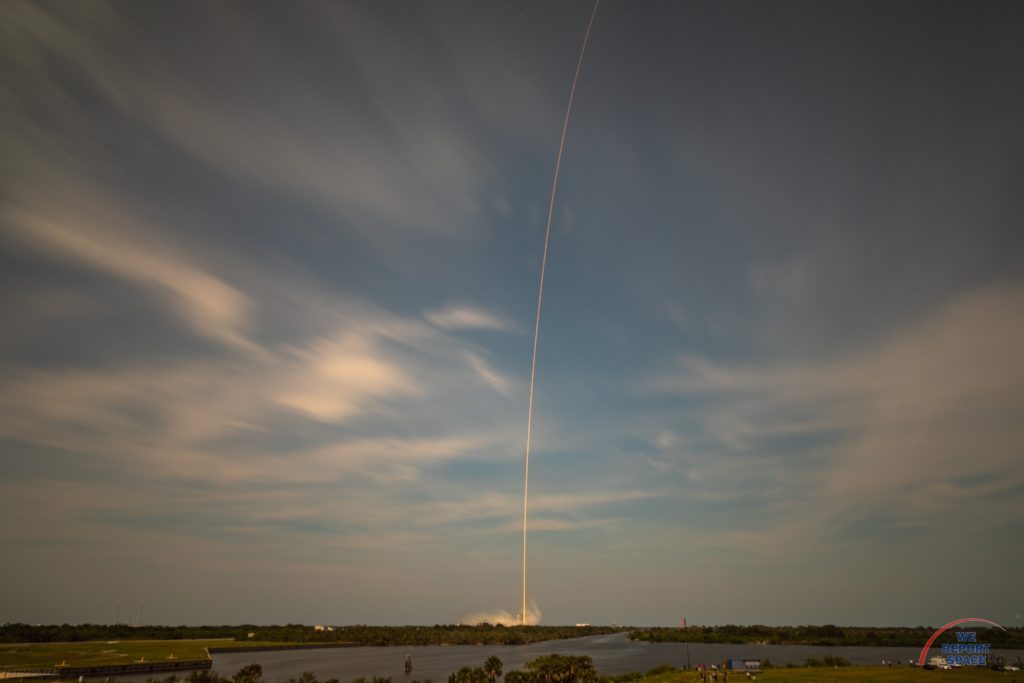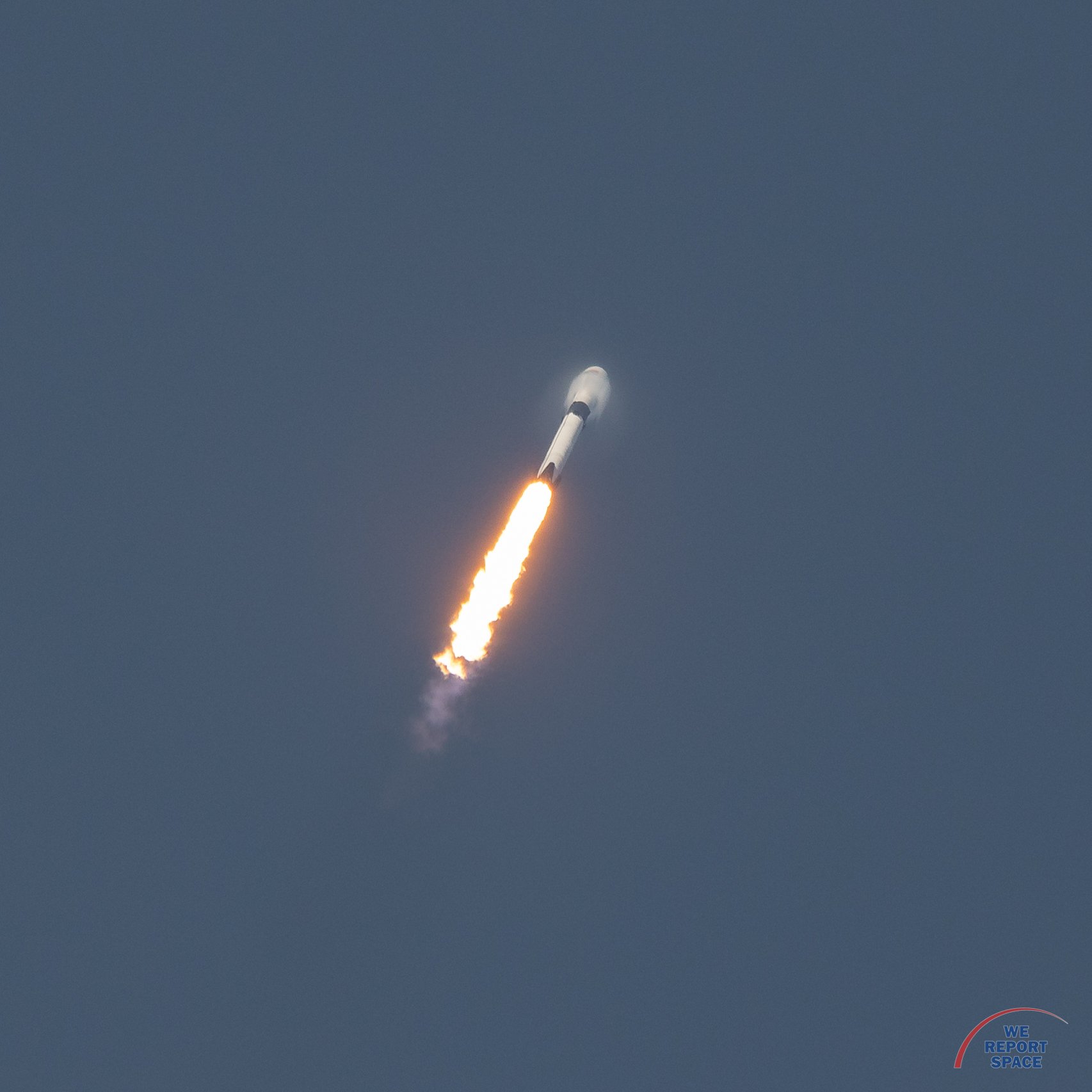On Friday, May 11, 2018, a Falcon 9 lifted off from Cape Canaveral. However, this one was quite different from the usual versions: the interstage is black, as well as the legs and grid fins. The reason for all these differences? This launcher underwent new modifications, but these will mainly be its last major evolutions. On board this inaugural flight of the latest version of the Falcon 9 named Block 5, was the very first communication satellite of Bangladesh: Bangabandhu-1.
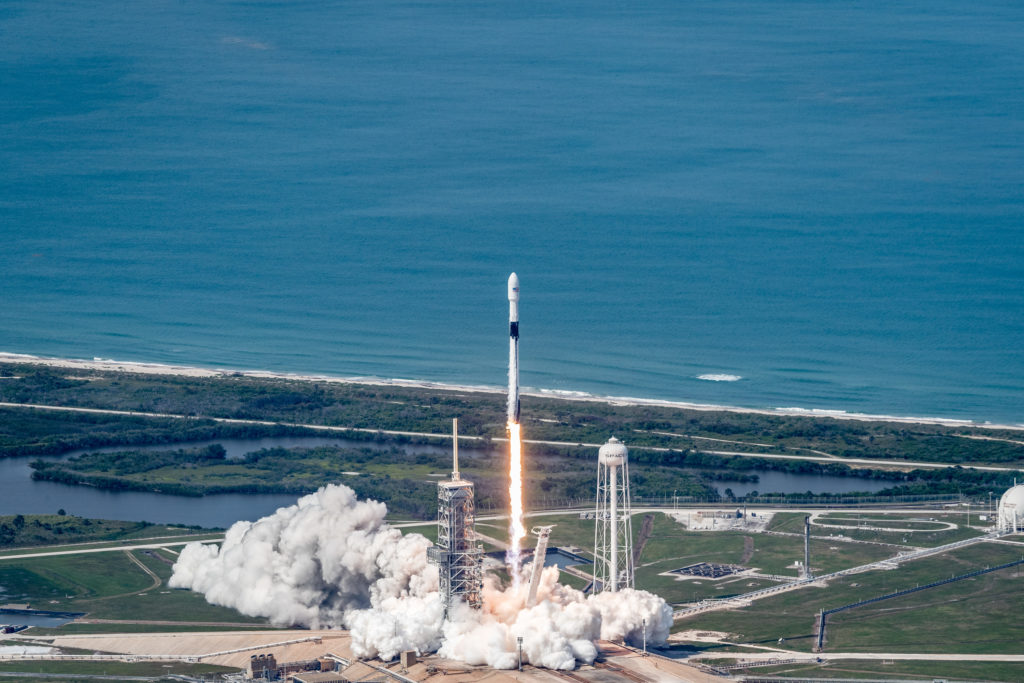
Bangabandhu-1
This Bengali satellite has two major purposes: to improve communication in the Ku and C bands in Southeast Asia and to demonstrate that Bangladesh can develop space objects. This national pride is reflected in the satellite’s name as well as in the initially planned launch date.
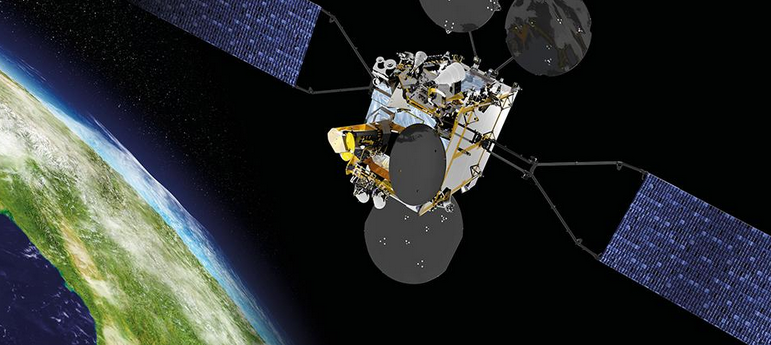

Bangabandhu derives from the name of the man considered the father of Bangladesh: Sheikh Mujibur Rahman, nicknamed Bangabandhu. It is thanks to him and his party that Bangladesh was able to gain independence from Pakistan and that the new country could establish its own republic. Mujibur Rahman served as the first President of Bangladesh, then as the second Prime Minister, and finally as the fourth President of Bangladesh before being assassinated in 1975 during a coup. In tribute to this man, elected in 2004 by the BBC as the Greatest Bengali of all time, the first Bengali satellite was named Bangabandhu.
The Bengalis had proposed to SpaceX as well as Arianespace to launch their satellite. They wanted this launch to take place on December 16, 2017, the national holiday in Bangladesh in tribute to the recognition of their independence on December 16, 1971. Arianespace responded very honestly by admitting that the satellite could never be launched on that day with them. Indeed, Ariane 5 always carries two satellites, and there were no other satellites ready to launch on that date. Therefore, SpaceX was awarded the contract, but as you can see, the launch did not take place on that date, unfortunately for Bangladesh.
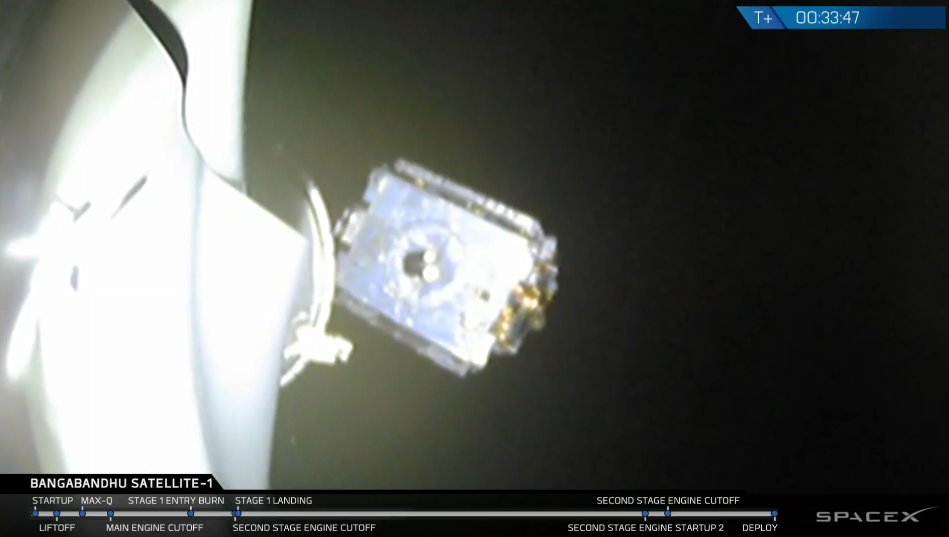
To improve communication in Southeast Asia, Bangabandhu-1 is equipped with no fewer than 26 transponders in the Ku band and 14 in the C band. The satellite will be placed in a geostationary orbit at a longitude position of 119.1°. To put it simply, if you were in Balikpapan, Indonesia, Bangabandhu-1 would be located almost perfectly beneath you at a distance of 36,000km. This satellite was designed and built in France by Thales Alenia Space and has a lifespan of 15 years. This French company used the Spacebus 4000B2 structure as the basis for the satellite. This structure provides the transponders and other onboard systems with an electrical power of 6kW. In total, Bangabandhu-1 weighs 3.7 tons.

Falcon 9 Block 5
Usually, the launcher is always a less significant part of a launch because it’s just the carrier. Indeed, one can associate the satellite with a personality and the rocket with its limousine. Normally, the personality will have a much larger part than their car, but for this flight, it was the complete opposite: the car was more important than the passenger.
Indeed, the launcher that took off on Friday night was the very latest iteration of the Falcon 9: the Block 5. At SpaceX, the Blocks represent significant versions of the launcher. Here, it is the fifth version of the Falcon 9 FT. It is important to specify Falcon 9 “FT” because there have also been Block 1 and 2 for the Falcon 9 v1.1 version, different from those of the Falcon 9 FT version: it seems that SpaceX enjoys confusing the spectators.
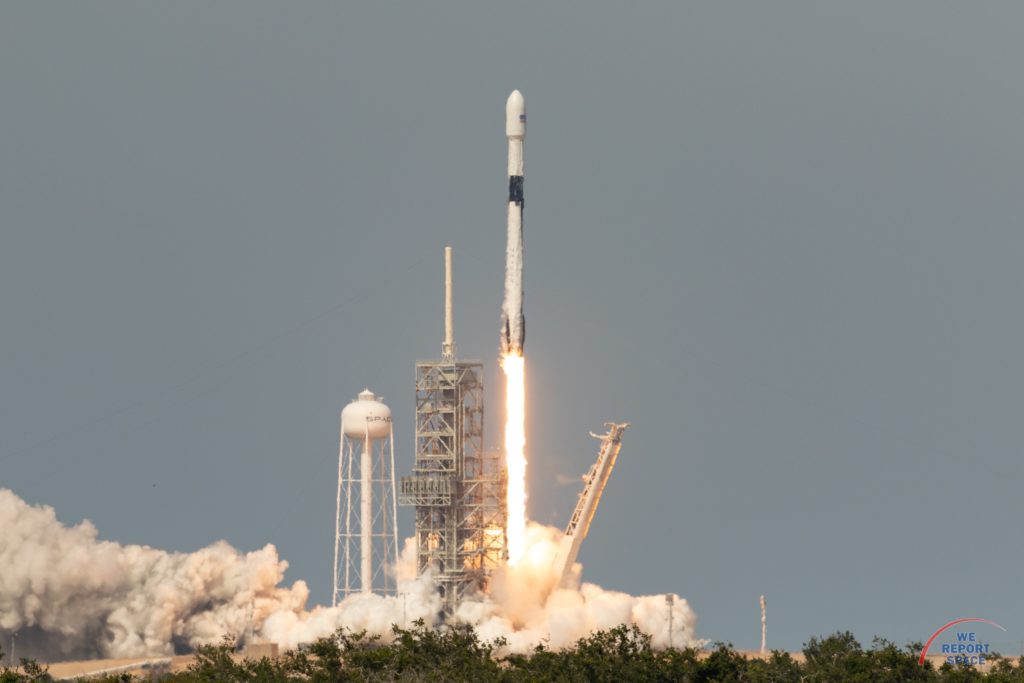
In short, what are the major modifications brought by this new and final iteration? Firstly, several visual differences can be noted: the interstage is black, as well as the legs and grid fins.
For the interstage, this color comes from the fact that it is made of carbon composite (woven carbon fibers embedded in resin), but technicians do not paint it as it would add mass and costs. Carbon composite allows for a lightweight piece that is very resistant, both mechanically and thermally.
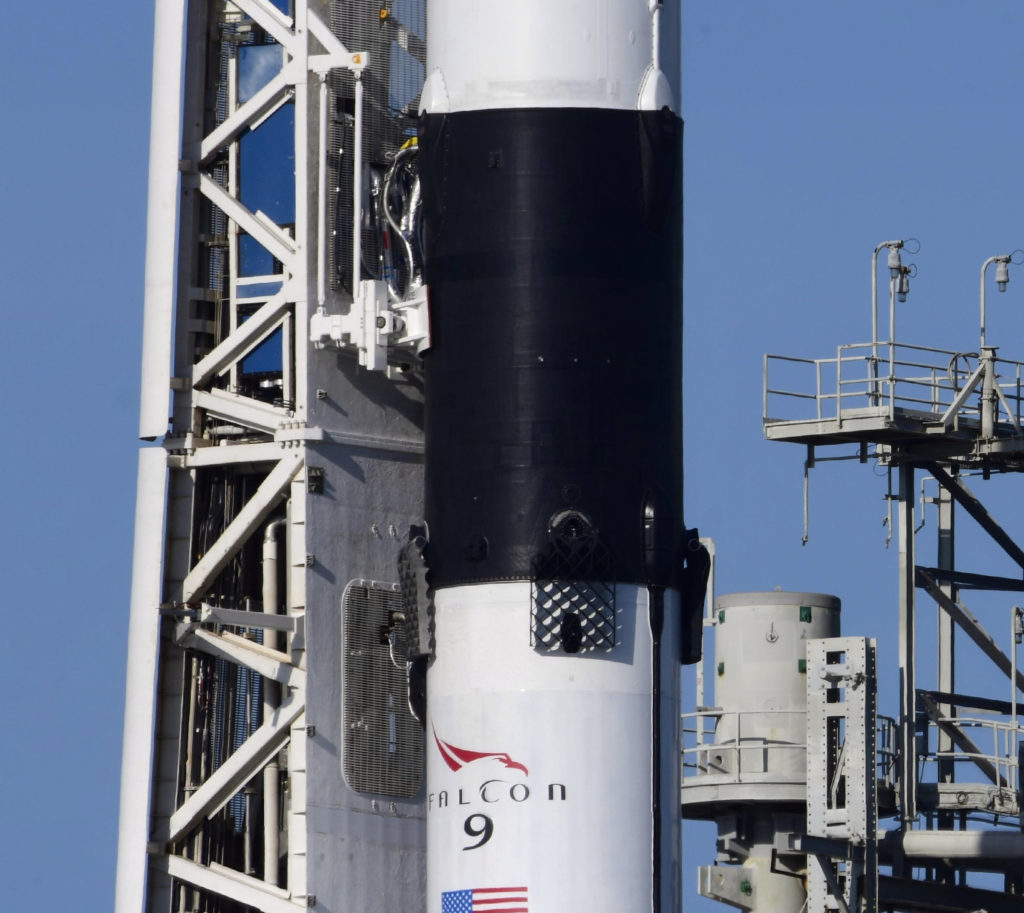
For the legs and the base of the engines, this black color is caused by a new thermal protection. Indeed, the Falcon 9 Block 5 is expected to be able to fly about ten times without major repair and up to 300 times according to Elon Musk with more extensive refurbishments. To achieve this goal of rapid and cost-effective reusability, the parts must be able to survive atmospheric re-entry and landing as best as possible. That’s why the most sensitive parts have this new black coating. The rest of the stage also has a new thermal protection, but it needs to withstand lower temperatures, so the coating is different and white.
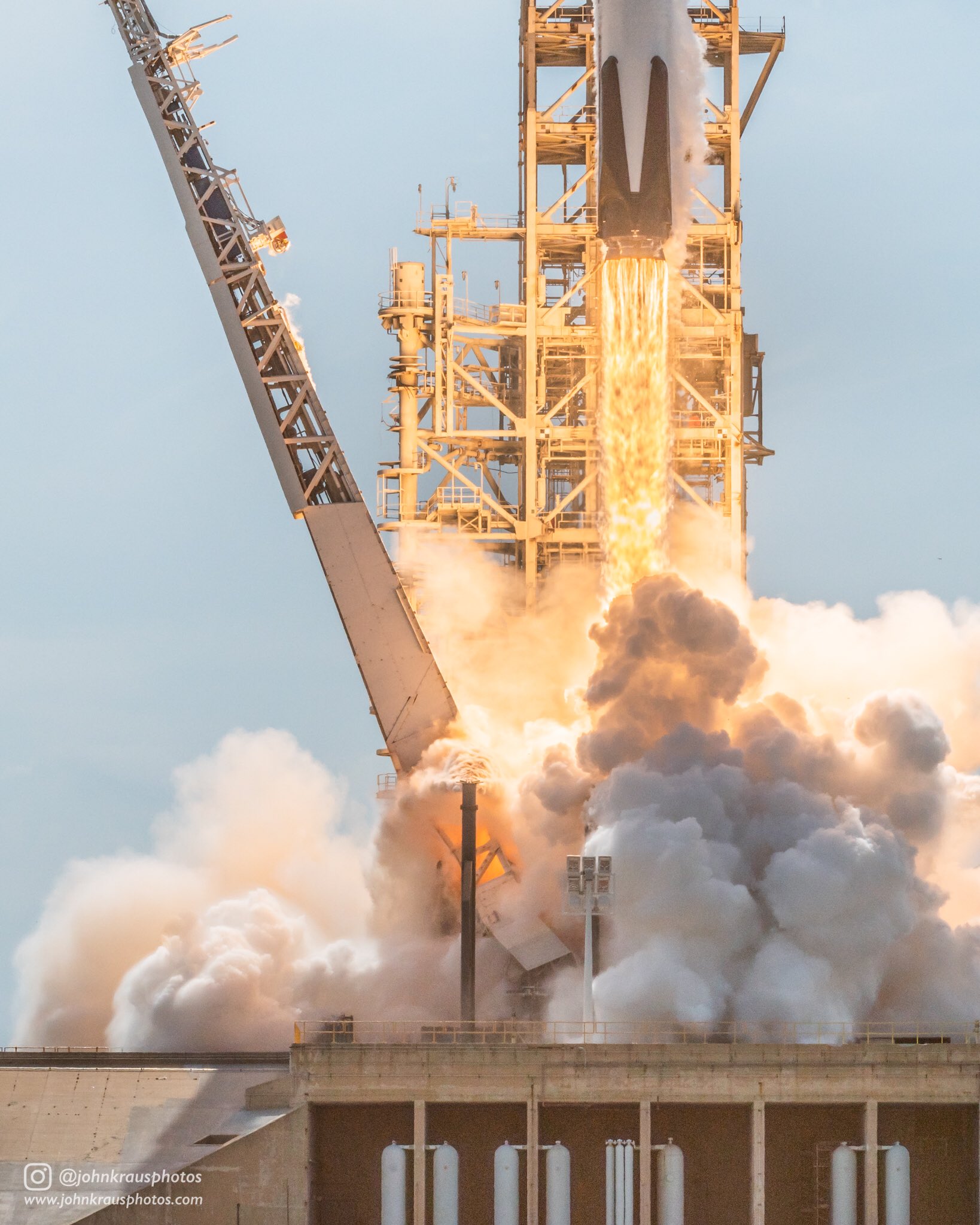
The last visible parts that have been modified are the grid fins. These control surfaces, which allow the first stage to control its orientation once in the atmosphere, were initially made of aluminum and covered with white paint to protect them from heat. However, despite this protection, it sometimes happened that the grid fins were heavily damaged after flight: not very practical for low-cost reusability. That’s why engineers decided to manufacture these control surfaces out of titanium. These parts are now much more heat-resistant, and their shape also allows them to be more efficient. In fact, a little anecdote about these titanium parts: did you know that they are the largest pieces ever cast in one go with titanium? This has been the case for several launches now, with these grid fins having been introduced on a previous Falcon 9 Block 4 or even on the two side boosters of the Falcon Heavy.

Another noticeable difference is that the SpaceX logo has been moved up to the first stage. This minor but amusing modification allows this writing to remain visible despite the soot deposited on the stage after re-entry. Indeed, the Merlin 1D engines of the Falcon 9 operate on kerosene and liquid oxygen and therefore release a lot of soot. This soot mainly accumulates around the RP-1 tank (rocket-grade kerosene) because the liquid oxygen tank, being very cold, is covered in ice, which complicates the adherence of soot. Moving the logo up to the liquid oxygen tank ensures that it will be visible without the need to wash the stage.
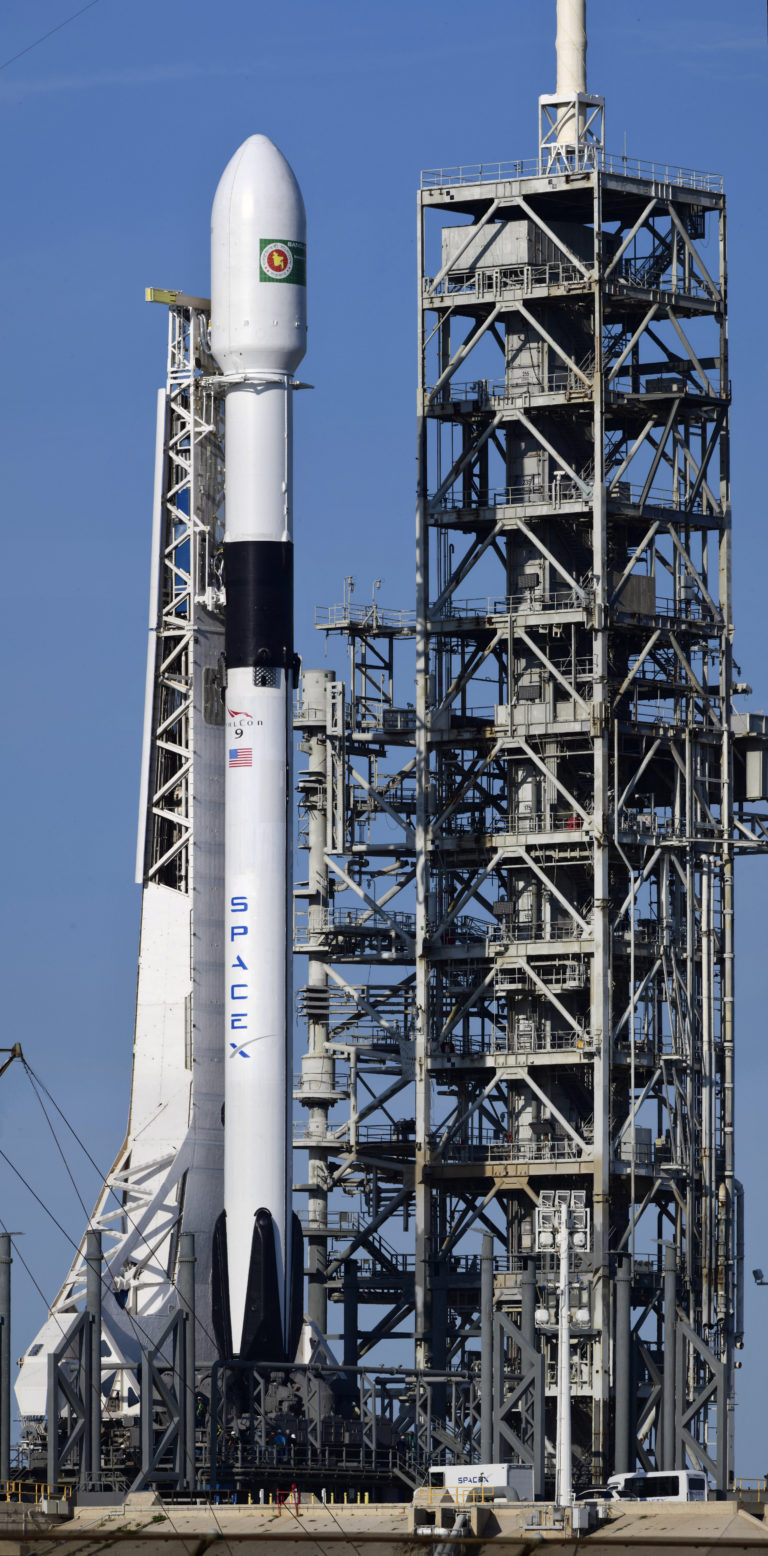
We’ve already seen that the legs of the Falcon 9 have been modified to better withstand re-entry, but they have also undergone another modification: Ground teams can now fold them very easily for transport. Previously, ground teams had to detach the deployed legs before being able to transport the legs and the stage independently to the SpaceX hangar. This process took several hours and was therefore a hindrance to the rapid reusability promised by Musk. With these new legs, ground teams will be able to fold them without needing to remove them, and much more quickly.
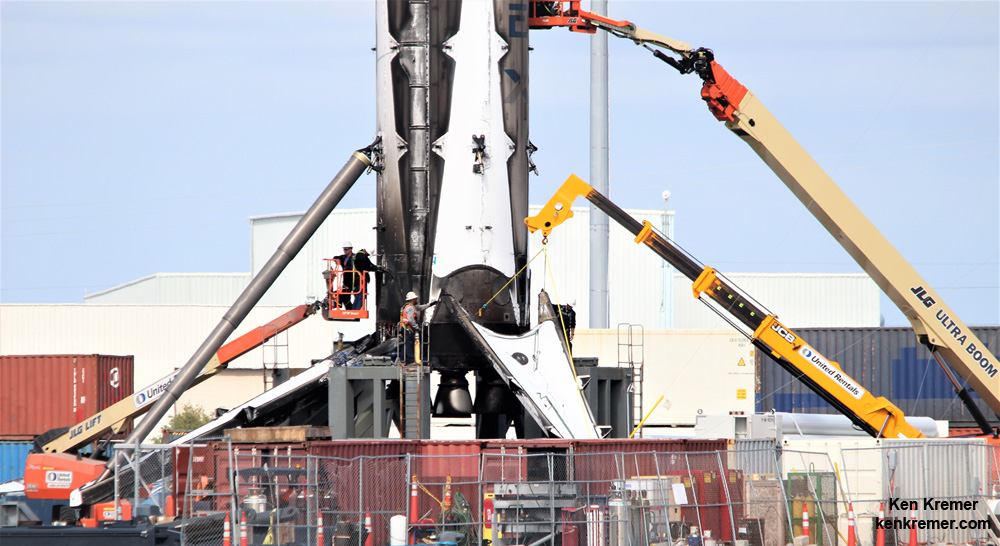
The Merlin 1D engines have also been improved. Their thrust has been increased by 10%, and the nine engines on the first stage are now identical, whereas before, only the center engine and two side engines could reignite. The turbopumps have also been modified. These pumps, which are responsible for delivering the fuels to the combustion chamber at high pressure, are rotated by turbines. However, technicians had noticed micro-cracks on these turbines, and NASA therefore demanded that SpaceX modify these turbines before the Falcon 9 could carry humans into space to avoid any accidents caused by a turbine exploding during flight.
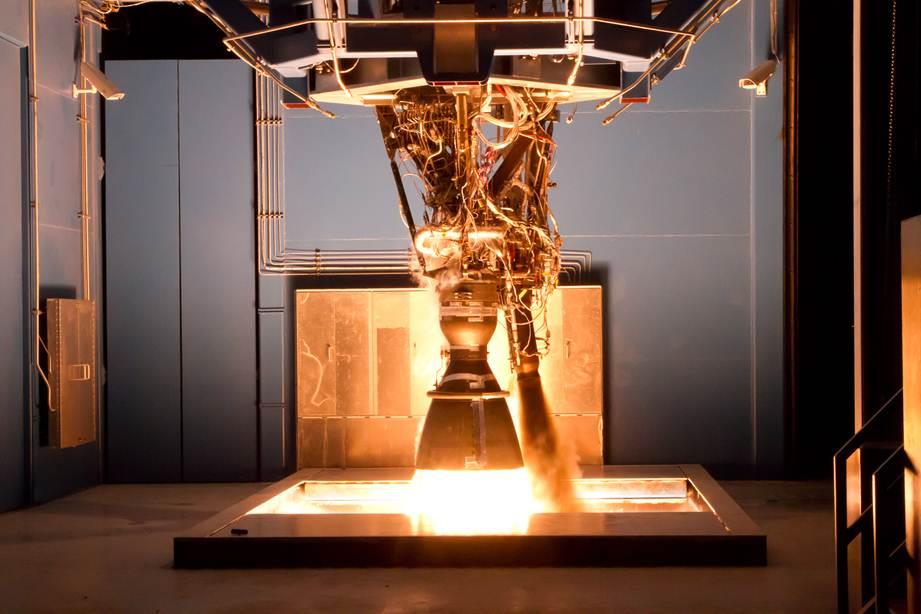
La structure « octaweb » qui tient les neufs moteurs du premier étage ensemble a également été modifiée. Maintenant elle sera boulonnée au reste de l’étage au lieu d’être soudée. Cela simplifiera les procédures d’inspection et de remises à neuf mais permettra aussi d’installer les systèmes de séparation des boosters plus facilement pour transformer une Falcon 9 en Falcon Heavy plus rapidement. Cette « octaweb » a également été renforcée de manière à ce que chaque moteur soit isolé. Ainsi si un moteur explosait en vol, les autres ne seraient pas touchés et la fusée pourrait continuer son voyage.
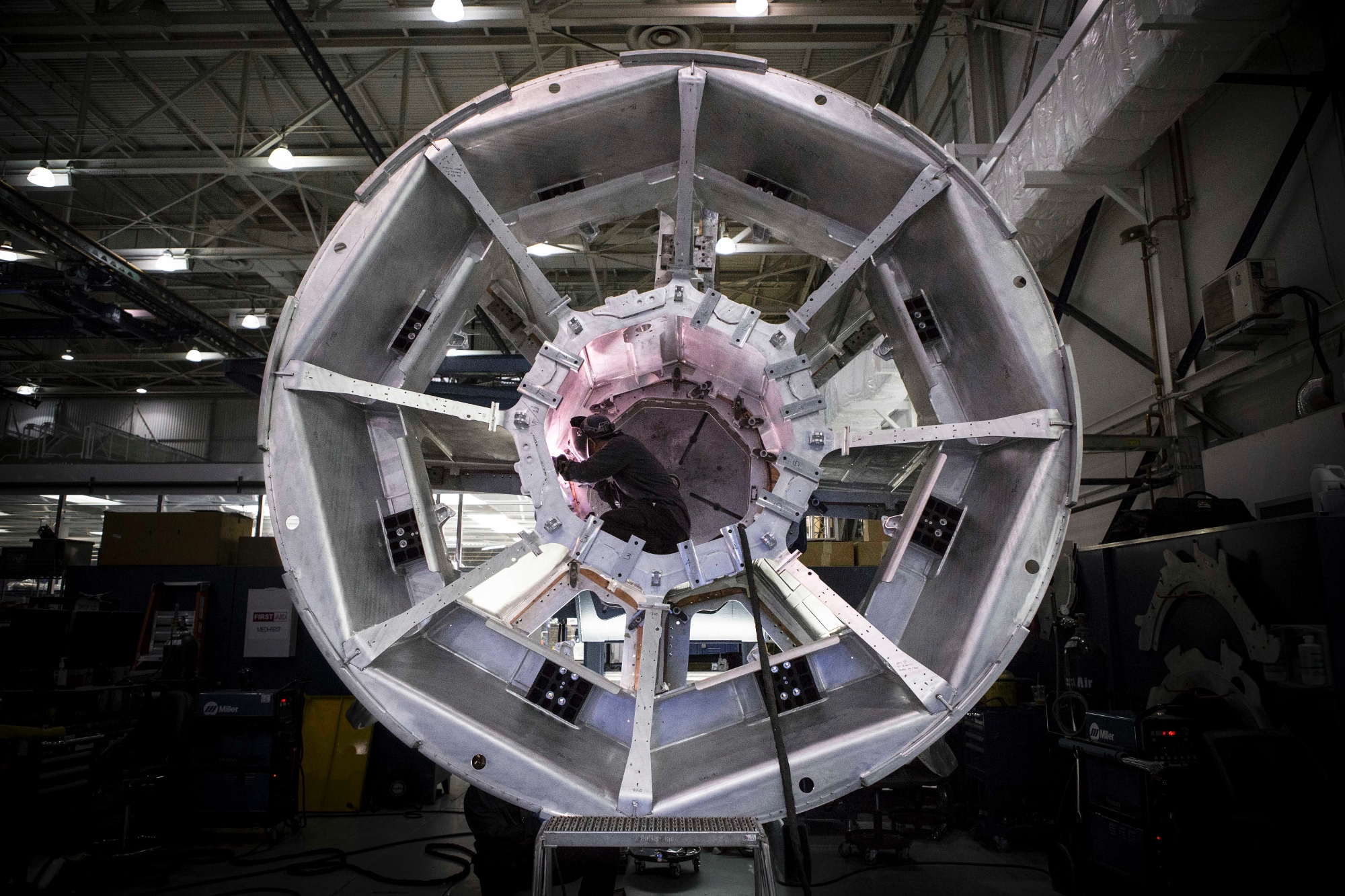
The last major modification is a complete redesign of the COPVs.
The COPVs (Composite Overwrapped Pressure Vessels) are small tanks often filled with helium, used to pressurize the rocket’s tanks to prevent them from being crushed by the engine’s acceleration. These tanks were the cause of two Falcon 9 failures (during the static fire test of Amos-6 and the CRS7 launch). SpaceX has completely redesigned its COPVs to prevent these issues from occurring again.
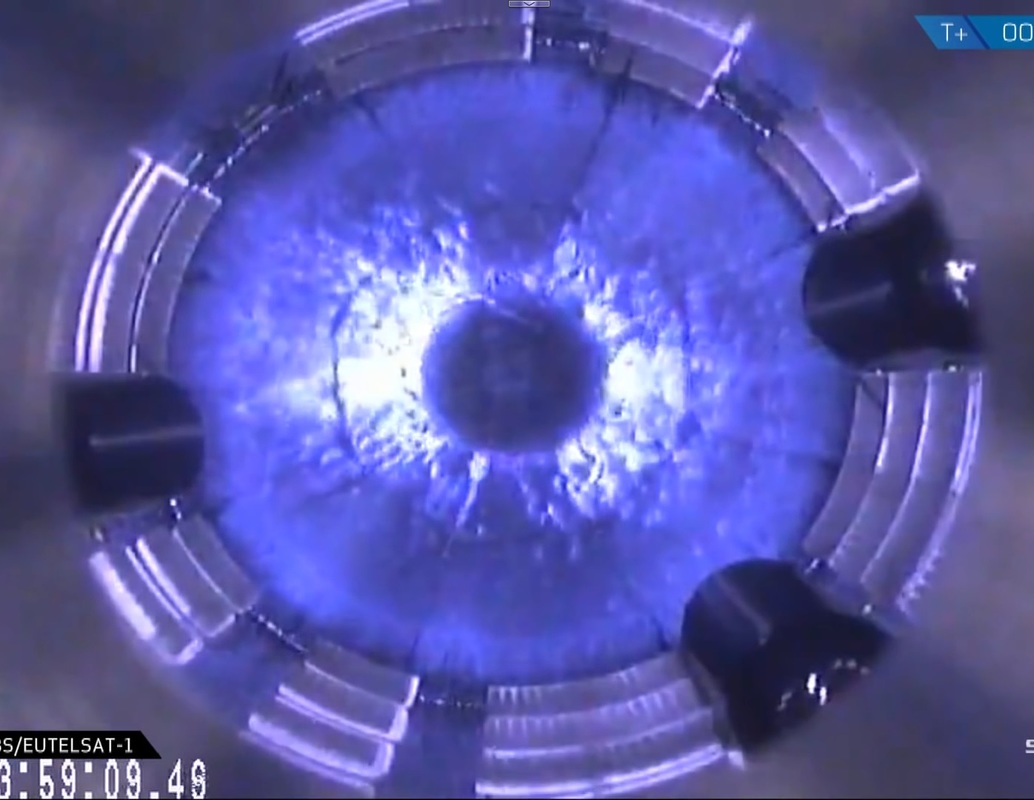
In essence, the Falcon 9 Block 5 is a culmination of all the modifications and experience that SpaceX has gained from the 53 flights of this launcher. It is also this version that will fly American astronauts on an American spacecraft for the first time since the retirement of the space shuttles in 2011. However, before flying its astronauts, NASA requires that SpaceX successfully complete 7 consecutive flights without modification of this latest iteration. Why 7? Why doesn’t the SLS (NASA’s next big launcher) need these 7 flights? The answer is simple: NASA does not have access to the Falcon 9’s plan and therefore relies on statistics to assess the reliability of the launcher. The SLS will not have to make these flights because it will have been designated by NASA to carry astronauts and will adhere to their own rules.
The flight on Friday went perfectly, and the Falcon 9 Block 5 demonstrated that it was fully capable of launching a satellite and then landing on the Of Course I Still Love You drone ship, located 611km offshore. This new version is more efficient than ever and will enable NASA to send its astronauts into orbit. For SpaceX, this will help to reduce costs, as Elon Musk announced that they will have between 30 and 40 first stages in rotation for their launches. To push boundaries further, Musk also stated that SpaceX will try to perform two launches with the same first stage within 24 hours as early as next year.
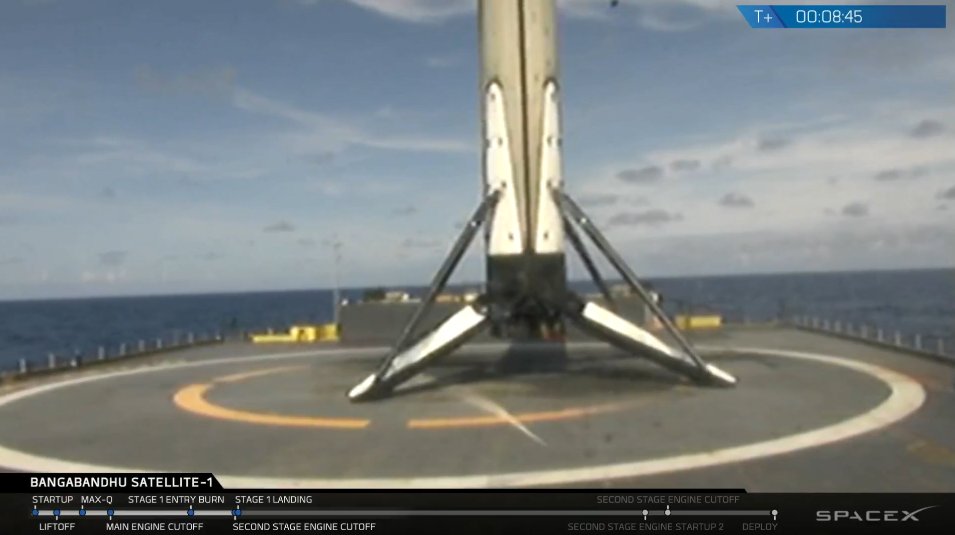
The only negative point to note about this launch is that there was a one-day delay. Indeed, the launch was initially scheduled for Thursday night, but at T-58 seconds, the countdown was halted, and the launch was postponed. It was the onboard computer of the launcher that decided on this hold. It should be noted that the rocket takes full control of all systems at T-1 minute. According to SpaceX, the issue here stemmed from a ground test sensor that was not properly reset. In the end, the Falcon 9 Block 5 had no issues, which reassured both SpaceX and NASA!
